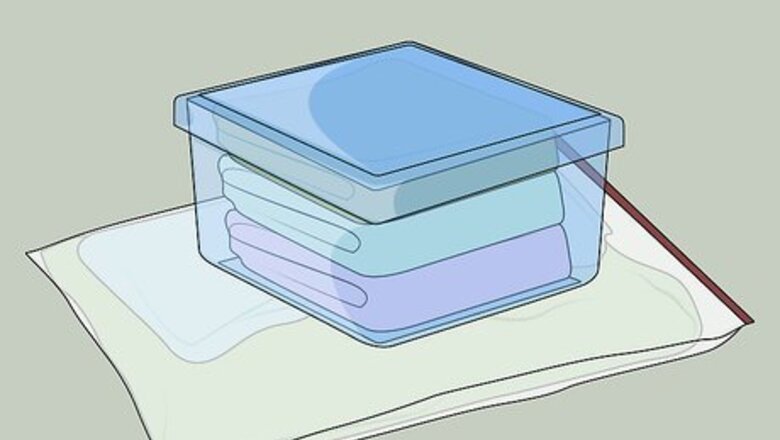
views
Protecting Clothing with Mothballs
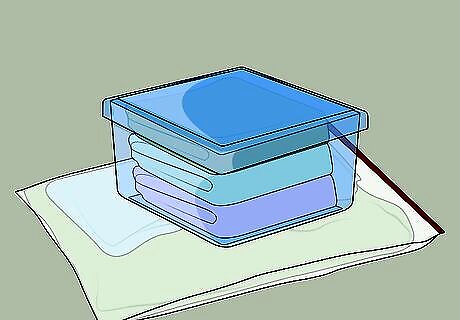
Pack your clothing into a resealable container. Mothballs must only be used in enclosed, airtight containers. Choose plastic containers and garment bags you can close up and store in the closet or under the bed. Lay the clothes inside the container. Moths eat animal products such as wool, leather, and felt. They will chew through synthetic fibers to get to animal stains like sweat.
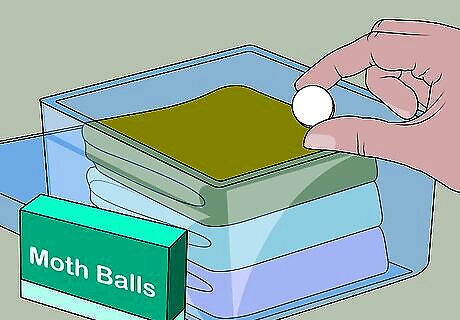
Place the mothballs inside the container. Read the directions on the box to find out how much of the product you need. To be an effective deterrent against clothes moths, you need to use enough mothballs. Simply lay the mothballs on or around the clothing.
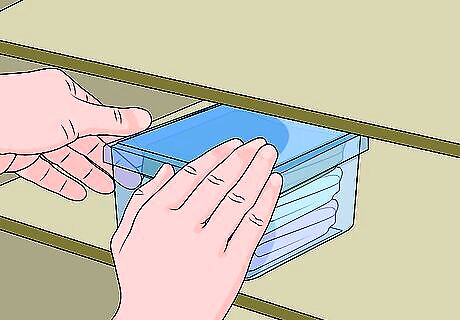
Seal the container. Close up the container. Make sure no air can escape. Once this is done, store the container in a safe spot, such as under the bed or in the closet. Over time, the mothballs will dissolve.
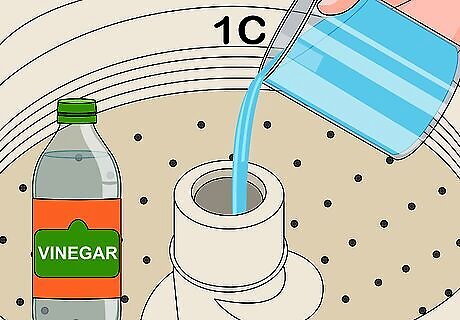
Wash stored clothing with vinegar before wearing it. The clothing will have a strong mothball smell, so clean it first. Soak the items in equal parts water and vinegar or add a cup (240 mL) of vinegar to the wash cycle. Place the water and vinegar combination in a spray bottle for use on clothing that can't be put in a washer and dryer. Dryer sheets placed in a garbage bag with the clothing may also remove the odor. Do not machine dry the clothing until the smell is gone or else it will linger permanently.
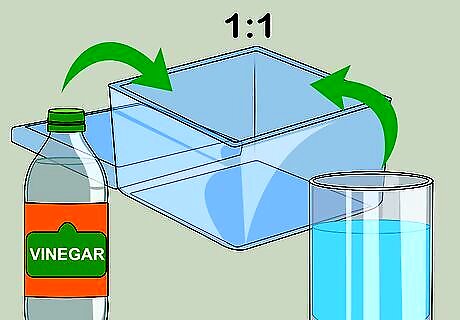
Clean out the containers with vinegar. Vinegar is also useful for getting rid of the odor in the containers. Mix an equal amount of water and vinegar inside the container. Let it soak for a couple of minutes, then rinse out the container with warm water. Do this before storing the container or using it again. Vinegar can also help you clean closets or other areas that smell like mothballs.
Preventing Moths
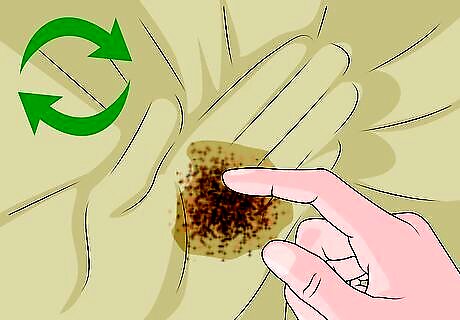
Clean clothing regularly. A proper cleaning after usage removes stains that the moths seek. Wash all clothing, including your synthetics. Empty the pockets of lint. Remove sweat, perfume, and drink stains through your normal washing routine. Heat dry the clothing in a machine dryer to kill off any eggs or larvae present on the clothing. Don't starch your clothing before storage. It'll be food for the moths.

Store clothing in airtight containers. Moths cannot get into plastic boxes or bags that are sealed, no matter how stained the clothing. Storing clean clothing in these containers is a great way to protect clothing without depending on toxic mothballs. You may see some people swear by cedar scents or chests. The scents don't work, and the chests only work because they function as sealed containers.
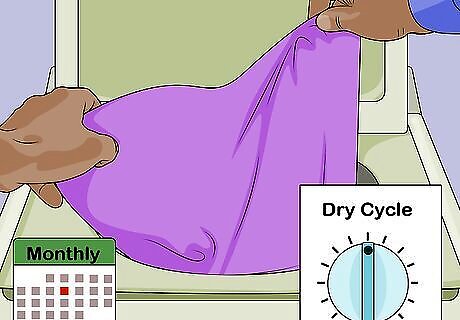
Expose loose clothing to heat once a month. Once or twice a month, take out clothing not sealed in containers. Set them in a dryer and put them through a drying cycle. Otherwise, allow them to be exposed to the sun for a few hours. The heat neutralizes moth eggs.

Brush out clothing to remove larvae. After exposing the clothing to heat once or twice a month, jostle free any existing insects. Give the clothing a good, hard shake. Alternatively, pass a brush over all sides of the clothing to remove any hidden eggs and larvae.
Removing Moths from your Home
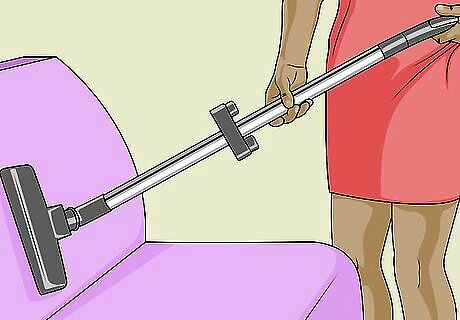
Vacuum your entire home. You can't use mothballs in the open, so you'll have to keep your home clear of moth food sources. Vacuum out your drawers, closets, and furniture. Get all areas you normally don't disturb, including under furniture. Use the vacuum to get all lint and hair. Any mice or rats that have eaten poison and died in hidden areas can cause moths, so do make sure to clean everywhere.
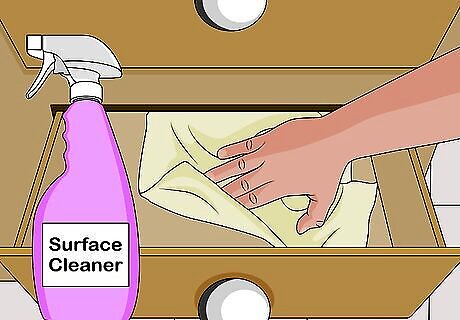
Wash your drawers and closets. Empty both of them of clothing. Get a surface cleaner or a mild dish or laundry detergent. Soak the rag in the solution and use it to wipe down the entire area. Clean off any clothing separately before reintroducing them to the storage areas.
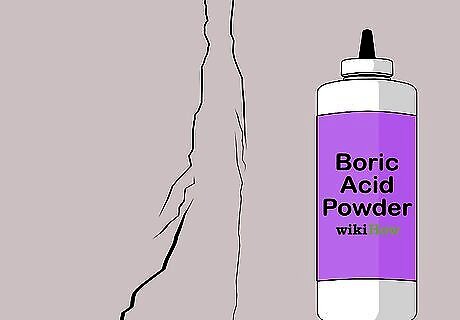
Treat wall cracks with boric acid. Boric acid is a powder that can be found at stores that carry pest control products. Follow the directions on the label to apply the product. You should only apply a dusting to every crack or crevice in your home. This will take care of any loose moths that may live there.




















Comments
0 comment